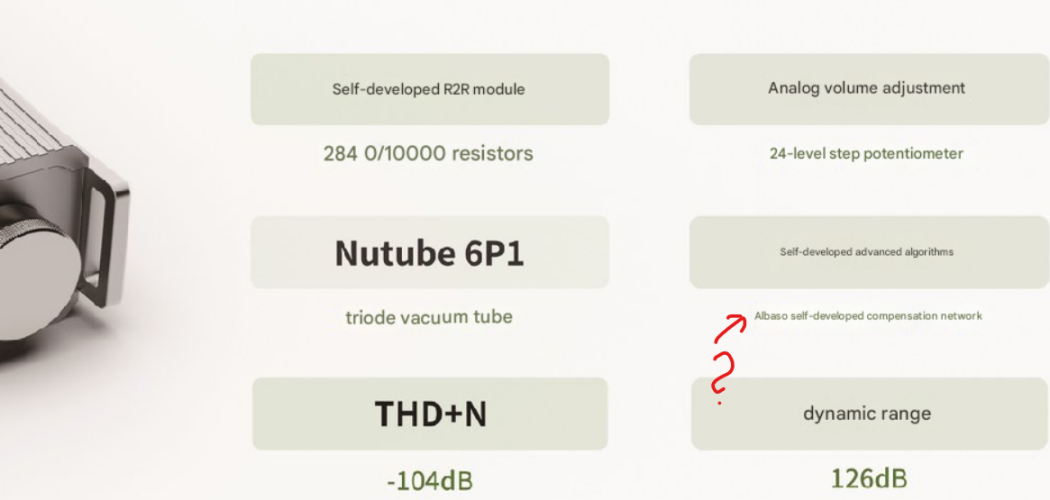- Joined
- Oct 14, 2013
- Posts
- 29,274
- Likes
- 35,188
This is exactly*** Exactly***While I'm listening to my music on my ZMF Bokeh running from D260 (as transport) - Ibasso D16 DAC - Ibasso PB5, it really sounds freaking awesome!
I would like to share my experience with Ibasso as my DX300Max Ti failed to power on and left side got hissing issues, I send in to Ibasso to repair. Paul is a true gentleman, replaced the batteries and troubleshoot the issue and charged me at a very reasonable price and send my unit back to me and told me enjoy my music
As I always enjoy the sound of Ibasso, I would like to share my experience with Ibasso and let more people aware of such a amazing company. I have faith in their products even more.
Now I can't wait to receive my DX300Max Ti as Paul had send DHL to me.

.
.
The reason why all of my stuff is Ibasso now. People can call me a hard Ibasso fan. Because Ibasso products is just amazing. Not only the house sound that I crave, but also the customer services from Paul and team ibasso is just amazing, literally second to non in the industry.
Every other brands and products I have tried, either refused or ignored my requests in regarding to spare parts or services....especially services, it could be lead round and around and around to the point of madness where you would think tossing it into the trash bin and buy another is the answer
I can never thanks Ibasso enough for what they are doing
Last edited:


























